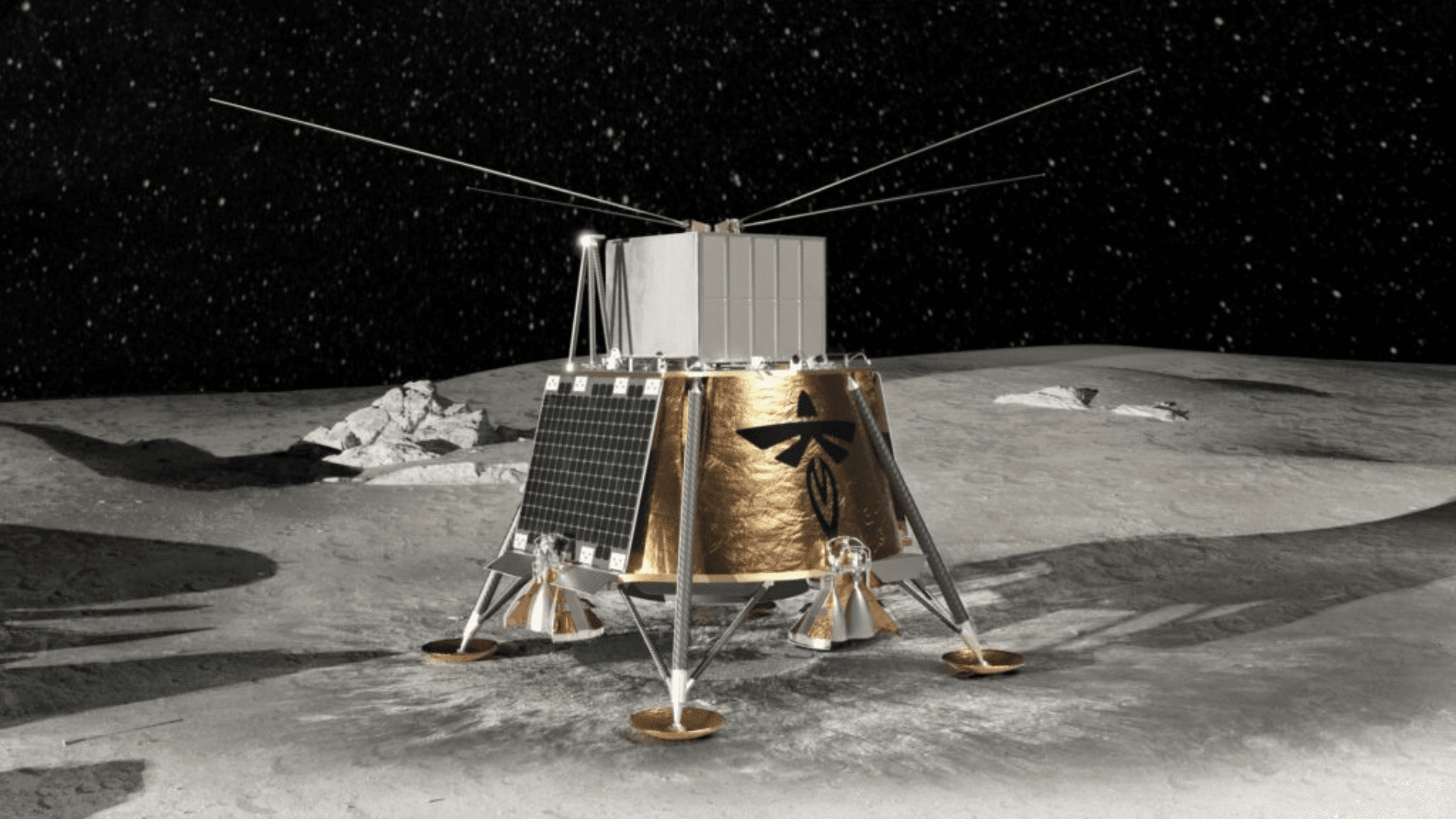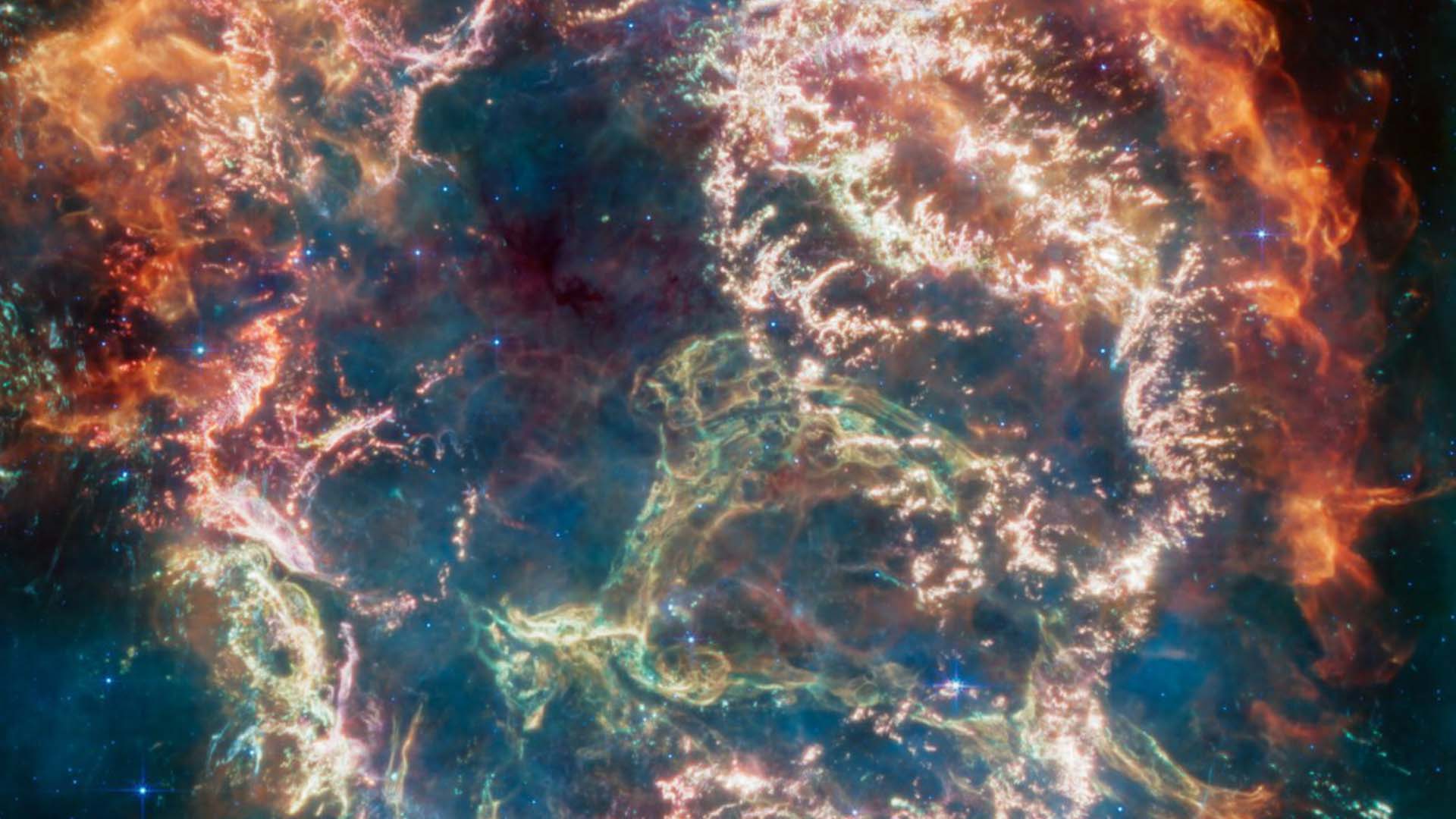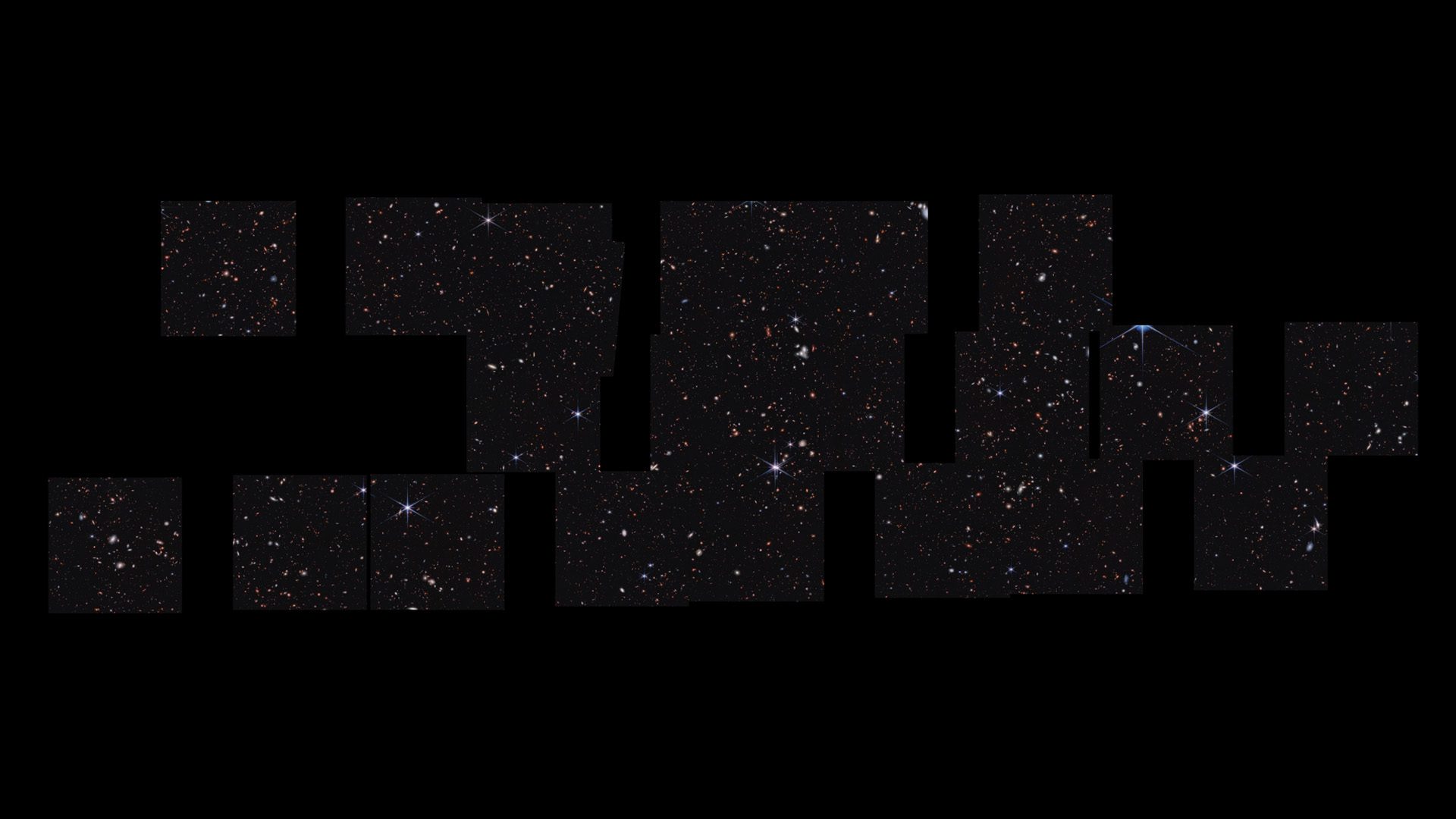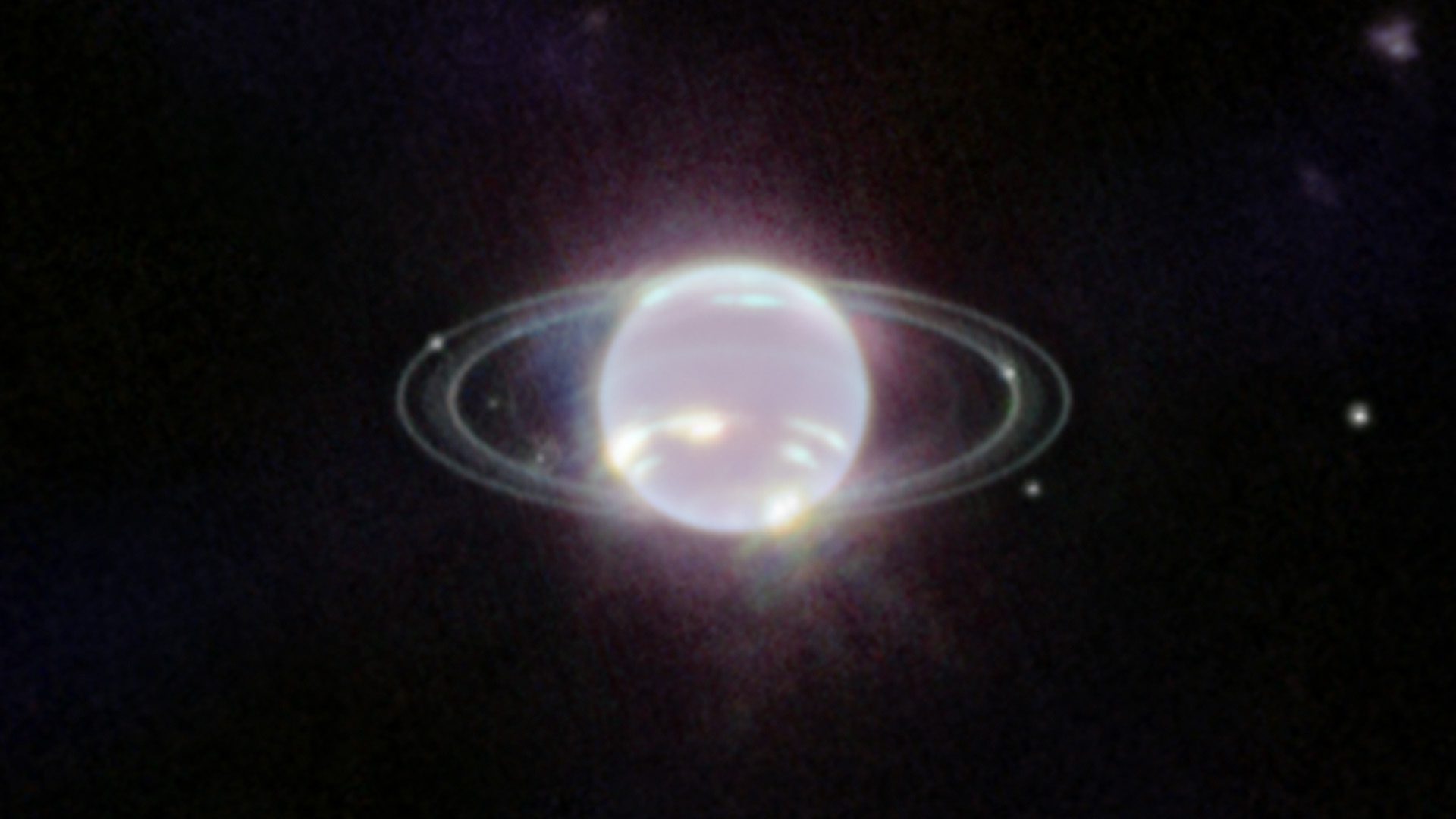According to predictions from researchers, Earth will gain a new ‘mini-moon’ at the end of September in the form of a small asteroid that will be pulled into the planet’s gravity.
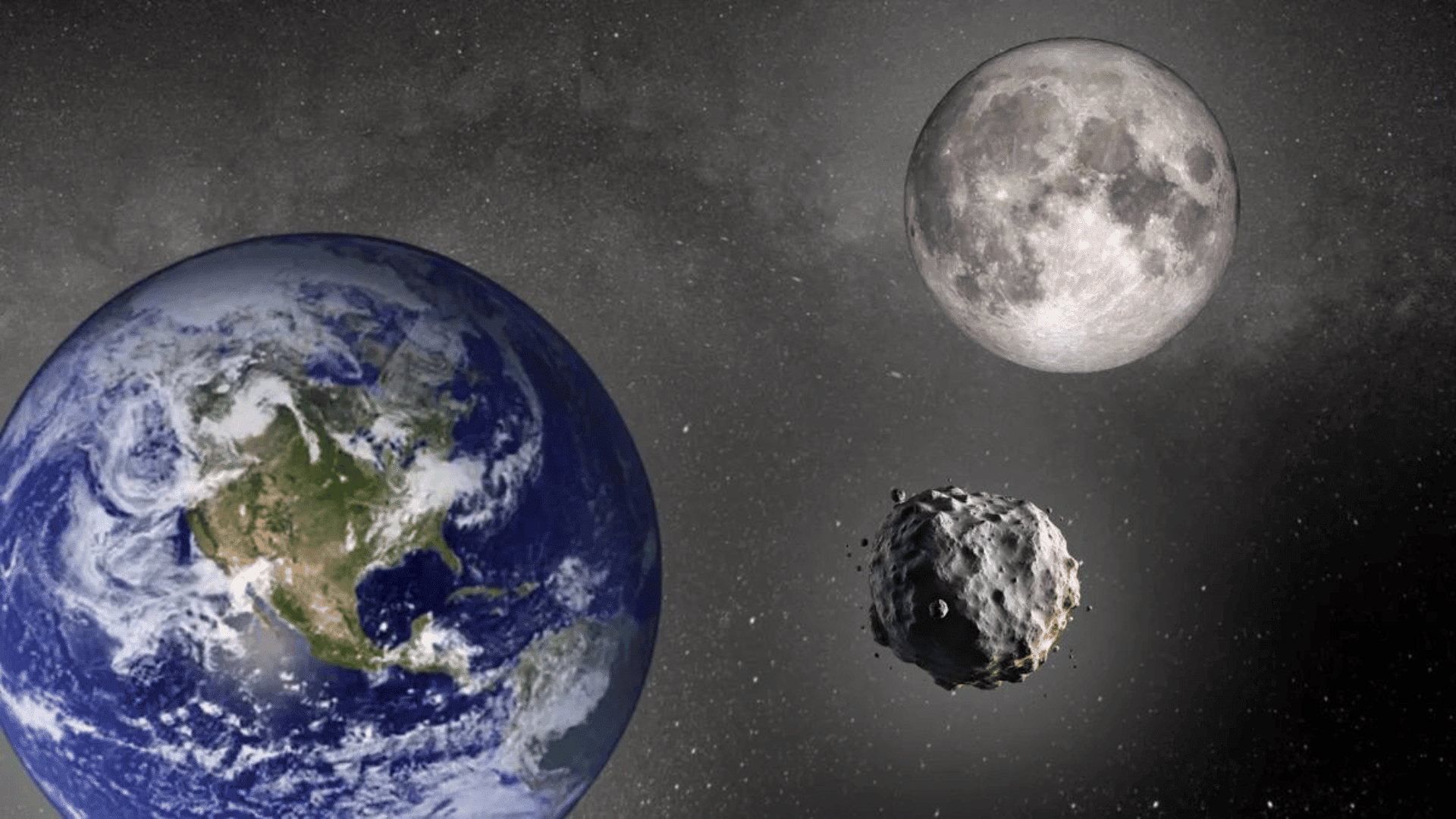
Named 2024 PT5, the space rock was spotted by the Asteroid Terrestrial-Impact Last Alert System (ATLAS) on August 7. The asteroid is predicted to make one complete orbit around Earth beginning on September 29 until it’s released from Earth’s gravity on November 25. Though it will orbit close to the planet, the asteroid will be difficult to see as it’s only 33 feet wide.
“Earth can regularly capture asteroids from the Near-Earth object (NEO) population and pull them into orbit, making them mini-moons,” the researchers wrote in the paper. “The recently discovered Apollo-class NEO 2024 PT5 follows a path that resembles that of 2022 NX1 and may soon become a mini-moon.”
There are two types of mini-moon events: the first involves long engagements where an asteroid completes one or more revolutions around Earth and lasts one or more years. The second involves short engagements where the object doesn’t complete one full revolution and lasts days, weeks, or a few months.
According to NASA’s classifications, any space object that comes within about 120 million miles (190 million kilometers) of Earth is a “near-Earth object”. The organization tracks the orbits and locations of approximately 28,000 asteroids using ATLAS, an array of four telescopes that perform scans of the entire night sky every 24 hours.
Research lead author and Universidad Complutense de Madrid professor Carlos de la Fuente Marcos told Space.com that, in order to become a mini-moon, an incoming body has to approach Earth at a close range of around 2.8 million miles (4.5 million km) and slowly at about 2,200 mph (3,540 km/h).
“Under these conditions, the geocentric energy can become negative, and the object becomes temporarily bound to Earth,” he continued. “So far, science has only identified two objects subjected to long captures, 2006 RH120 and 2020 CD3. There are three examples published of short captures: 1991 VG, 2022 NX1, and 2024 PT5. But there are several others unpublished.”
The technology has allowed astronomers to estimate the trajectories of all of these near-earth objects beyond the end of the century. Research suggests that these mini-moons could hold valuable minerals and water that could be used for rocket fuel, which makes them helpful “stepping stones” for companies mining asteroids.
The new study suggests that the 2024 PT5 likely originated from the Arjuna asteroid belt—a diverse cluster of space rocks that orbit the sun. Because its orbit is closely matched to Earth’s orbit, calculations predict the asteroid will orbit Earth again in January 2025 and then in 2055.



